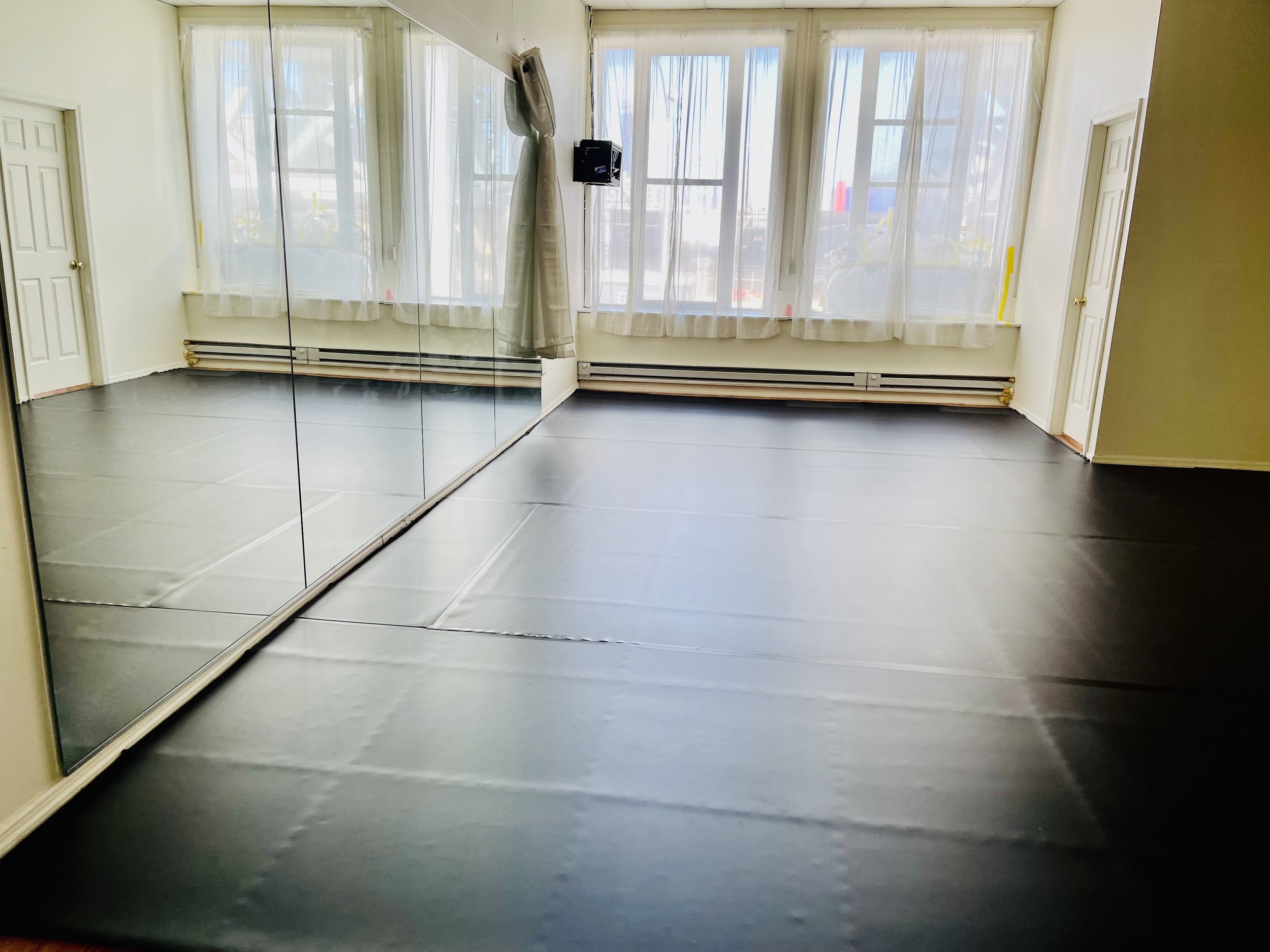Illuminating Creativity With Hue Principles in Light Emitting Diode Dance Surface Creations
Illuminating Creativity With Hue Principles in Light Emitting Diode Dance Surface Creations
Blog Article
Hue theory represents a important element of aesthetics, especially when it relates to designing LED dancing surfaces. The interplay of hues can significantly affect the atmosphere and energy of a space. Through grasping how hues work together, creators can create an ambiance that improves the overall experience for participants. This article explores the basics of hue principles and its application in light-emitting diode dancing floor layouts.
The primary colors are red, blue, and yellow. These colors cannot be made by mixing other hues together. Intermediate hues, such as green, orange, and violet, are formed by mixing main colors. Tertiary colors are created by combining a primary color with a secondary color. Understanding these basic connections helps creators select colors that complement one another and create a visually appealing display. Mixing these hues on an light-emitting diode dance surface can lead to dynamic and exciting effects that attract the attention of dancers.
Color temperature also holds a key part in design. Colors can be categorized as hot or chill. Hot hues, such as red, orange, and golden, often to evoke feelings of excitement and heat. In opposition, chill hues like azure, emerald, and purple often generate a serene and soothing atmosphere. Creators can use these hue values to establish the ambiance for different see this website types of events. For example, a celebration atmosphere may benefit from hot colors that invigorate the audience, while a more relaxed occasion might employ cool colors to offer a soothing effect.
In addition to color combinations and value, brightness and saturation are vital factors visit the site to take into account. Brightness refers to how bright or dim a color looks, while intensity measures the intensity of a hue. Vivid, saturated colors can create a vibrant and energetic environment, perfect for dance surfaces. On the contrary hand, softer, less intense hues can create a more subdued environment. By manipulating luminosity and intensity, designers can attract focus to specific areas of the dancing floor or create visual pathways, leading participants through the space.
Finally, it is crucial to take into account the psychological effects of hue in light-emitting diode dance floor layouts. Different hues can evoke different emotions and responses. For instance, crimson is often associated with passion and vitality, while azure can be soothing and peaceful. Grasping these connections allows creators to tactically use colors to affect the actions of participants. By incorporating color principles into light-emitting diode dance floor designs, designers can improve the total experience, making it memorable and pleasurable for all participating.